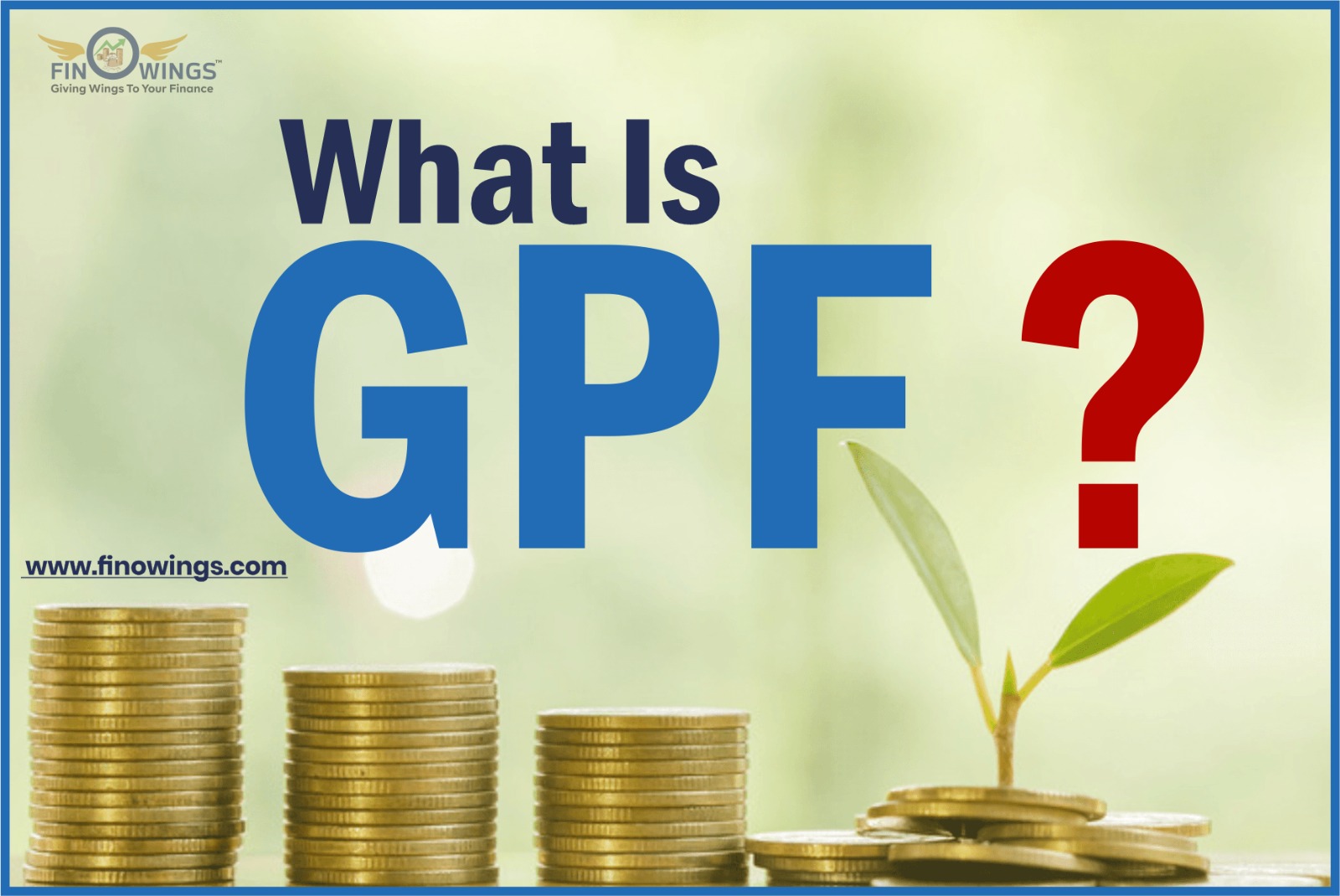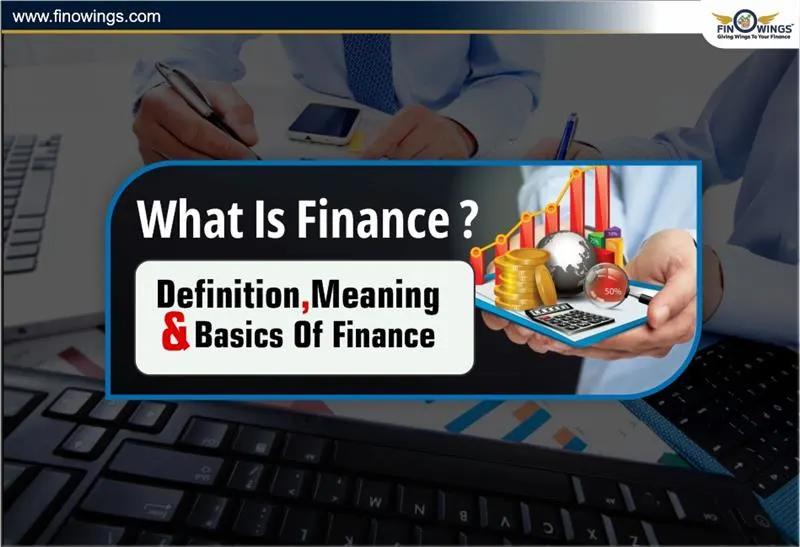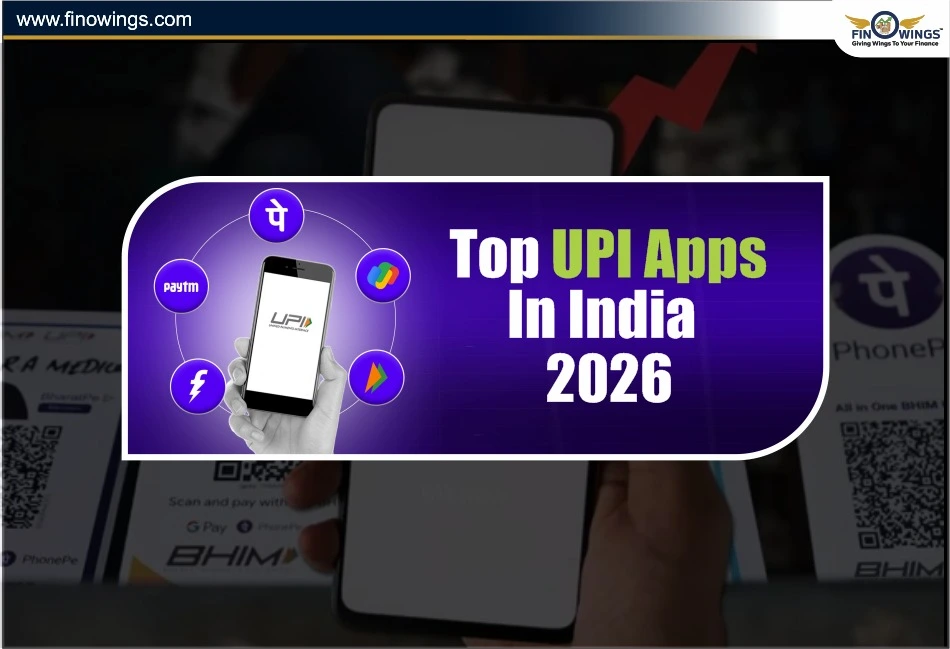Home >> Blog >> GPF: The Best Retirement Plan for Government Employees
GPF: The Best Retirement Plan for Government Employees

Table of Contents
What is GPF?
A General Provident Fund, also known as GPF, is a form of PPF account that is solely accessible to all Indian government employees. In essence, it permits all government workers to pay a portion of their salaries into the General Provident Fund. Then, upon retirement, the employee receives the entire amount accumulated throughout their career.
The three main types of provident fund options (EPF) are the General Provident Fund (GPF), Public Provident Fund (PPF), and Employees Provident Fund. Provident funds have different features, contributions, terms and conditions, and accrued rewards.
According to the government's rule, interest rates for the General Provident Fund are periodically updated. GPF now receives interest payments at a rate of 8%.
Unless there is a reason for suspension, the money must be contributed after you have subscribed to the General Provident Fund. According to government pension guidelines, payments to the GPF typically end three months before retirement.
Eligibility Criteria for GPF Account
Anyone who meets the requirements listed below is eligible to make a contribution to the GPF Account:
The General Provident Fund is mandatory for government employees who fall under a specified wage level and are based in India.
A private sector worker cannot get benefits from the General Provident Fund.
A government worker can join the General Provident Fund by paying a minimal amount of their salary as a contribution.
How Is the General Provident Fund Operated?
Government personnel can use the General Provident Fund (GPF) as an excellent savings tool. Until the end of his or her employment, the employee may routinely contribute a portion of their pay. Then, the employer gives the employee the full accumulated sum in the GPF account upon retirement.
Features of (GPF) General Provident Fund:
According to the Pensioners' official website, all government employees are eligible to join the General Provident Fund once they begin putting a set amount of their pay into the GPF account.
When you join the General Provident Fund (GPF), you must designate a family member who will be entitled to collect the full amount saved in the GPF Account. The nominee wouldn't need to provide any supporting documentation at the withdrawal time.
Immediately after the subscriber quits, a directive is sent to release the accrued sum, which is transferred on the final working day. The best aspect is that you can receive your final payment from the General Provident Fund without submitting an application.
Subject to the terms and circumstances of the General Provident Fund, the nominee is given an additional sum equal to the average balance in the GPF account for the three years following the subscriber's death.
However, the additional sum that must be paid cannot exceed Rs. 60,000. In addition, the Provident Funds rule states that the subscriber must have worked for at least five years at the time of his or her death in order for the nominee to be eligible to receive rewards.
GPF vs. EPF vs. PPF
|
Parameters |
GPF |
EPF |
PPF |
|
Eligibility |
only for officials in the government |
only for employees in the organized sector |
for all Indian citizens |
|
Interest rate |
7.10% |
8.10% |
7.10% |
|
Deposit limit |
contribution requirement of 6% of salary. 100% of the employee's pay is the maximum contribution. |
Contribution minimum of 12% of employee salary |
The minimum annual contribution is Rs. 500. The yearly contribution cap is Rs. 1.5 lakh. |
|
Maturity period |
Till retirement |
Till age of 58 years |
15 year term |
|
premature closure |
Upon termination from government service or a suspension |
After two months of the subscriber's unemployment |
Permitted after the age of five for a child's educational or medical needs. |
|
Loan facility |
Loans may be obtained at any time while a government employee is employed. |
Neither a borrowing facility nor partial withdrawals are permitted. |
Only A loan may be taken against it only in the third and sixth fiscal years following the date the PPF account was opened may a loan be taken against it. |
How to open a GPF account?
A GPF account can be opened very quickly. Additionally, the relevant State's AG office (Accountant General) and the Central AG office administer the GPF account in the case of Central government employees. After that, one must complete the necessary paperwork and deliver it to the individual state's account general. They will each assign an account number in turn. They also specify a monthly deduction from employee salaries for the establishment's DDO (Drawing and Disbursing Officer). After the fiscal year, the employee is also given a statement of credits and debits (on account of the loan) and closing balance, including interest accumulated.
Process of Withdrawing from General Provident Funds
People may use their GPF account withdrawals for a variety of things. However, for each withdrawal made, there are particular restrictions and requirements. The list of reasons why a person may withdraw money from their GPF account is as follows:
Consumer durables purchases, medical costs, education costs, and disease
Up to 50% of the remaining balance or half-year income, including DP, whichever is less, is the maximum.
Eligibility: Can withdraw the remaining sum 10 years before retirement or after 15 years of service (including any breaks in duty), whichever occurs first.
The acquisition of real estate, the building or rebuilding of a home, the settlement of a mortgage obligation, or the remodeling of a family home
Limit: 90% of the unpaid balance maximum
Eligibility: Can leave at any moment while using the service.
Repairing or making substantial repairs to a vehicle
Limit: Up to Rs. 10,000 or 1/3 of the credit balance, whichever is less.
Eligibility: Resignation is permitted after 26 years of service or three years before retirement.
Acquisition of a two- or four-wheeled vehicle, or repayment of a loan obtained to finance the purchase of a two- or four-wheeled vehicle
Limit: The lesser of Rs. 4000 for two-wheelers and Rs. 22,000 for four-wheelers, or up to 50% of the outstanding balance.
Eligibility: Withdrawal is permitted after 15 years of service or within 5 years after reaching superannuation.
Payment of Group Insurance Scheme Subscription
Limit: Amount equal to one year's worth of group insurance scheme subscription fees.
Eligibility: Cancel at any moment throughout the service.
Fees for converting a property's leasehold to freehold once it has been assigned to or transferred
Limit: 90% of the outstanding balance is the maximum.
Eligibility: All authorities are eligible to withdraw the money at any moment.
Before two years of retirement, without giving any justification - Rule 15 (1) (Q)
Limit: 90% of the outstanding balance is the maximum.
Eligibility: Those who must retire on superannuation within a year are eligible.
GPF Provident Funds Advances
Subscribers to GPF provident funds may withdraw advances from the accrued funds. But first, let's examine the GPF's advanced provisions and regulations.
At any time in their career, a GPF member may ask for an advance on their money on the basis of certain circumstances, such as medical need, marriage, schooling, or housing.
Typically, advances are made in 12 months' worth of funds or three-fourths of the total funds, whichever is less. Even 90% of the assets can be given as advances in certain circumstances.
Within 15 days of receiving the request, the sanctioning authority shall pay the subscriber the requested amount. When applying for advances, there is no documentation or other proof requirements.
The advance is anticipated to be paid back in 60 months in installments. During a person's career, several advancements are possible. These advances shall not bear interest.
Suppose the subscriber requires additional advances when the prior advances have not been fully refunded. In that case, the remaining amounts will be added to the new advance, and the subscriber will be responsible for paying the combined funds.
Conclusion
GPF is a mandated savings program established specifically for government employees. It also assists in achieving financial objectives like paying for a child's education, a marriage, or unexpected medical expenses. In addition, due to their employment with the government, GPF enables them to save a sizable sum of money for their later years.




















